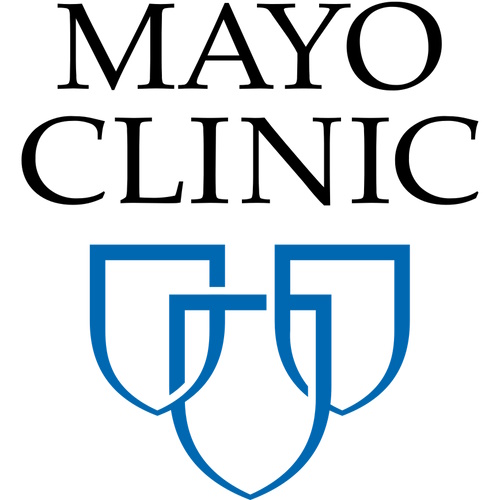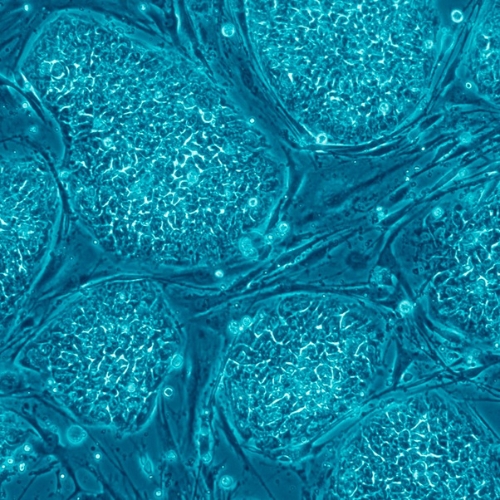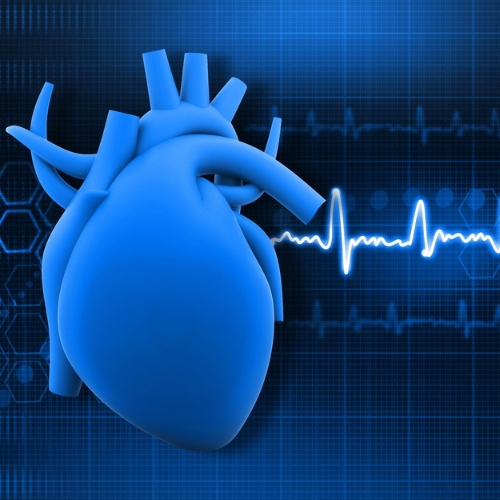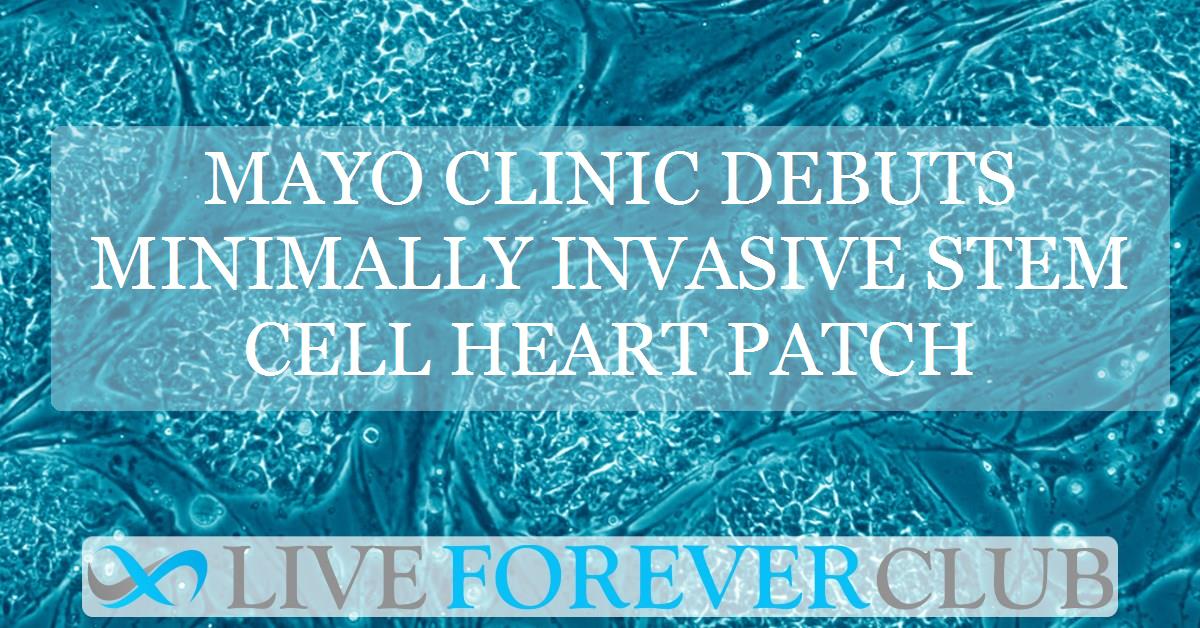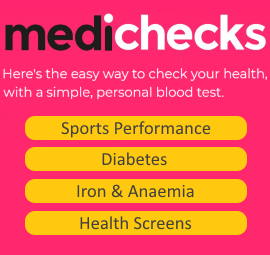Key points from article :
A new study led by Wuqiang Zhu, Ph.D., a cardiovascular researcher at Mayo Clinic in Arizona, describes an innovative way to repair damaged hearts without open-heart surgery. Published in Acta Biomaterialia, the research introduces a flexible, stem-cell-based heart patch that can be delivered through a tiny incision rather than a surgically opened chest. The patch is grown from induced pluripotent stem cells (iPSCs) reprogrammed from adult cells, then engineered into living heart tissue capable of contracting and supporting healing.
Heart attack survivors often face permanent loss of heart muscle, replaced by scar tissue that cannot pump or conduct electrical signals. Because the adult heart cannot regenerate on its own, severe heart failure frequently leaves patients with only two options: mechanical pumps or a transplant. The Mayo Clinic team’s approach aims to offer a gentler alternative. Their hybrid patch—made from nano- and microfibers coated with gelatin and seeded with heart muscle cells, blood vessel cells, and structural fibroblasts—can be folded, inserted through a narrow tube, and placed directly onto damaged heart tissue. Once deployed, it unfolds, adheres naturally, and is secured with a biocompatible adhesive rather than stitches.
In preclinical studies, the minimally invasive method improved heart function, reduced scar tissue, enhanced blood vessel growth, and lowered inflammation compared with conventional techniques. The tissue is also pre-treated with biological signals that help it survive and integrate after implantation. Researchers say the ultimate goal is a repair system that uses a patient’s own reprogrammed cells to rebuild damaged heart muscle.
This work aligns with the Genesis Initiative, Mayo Clinic’s broader effort to accelerate regenerative therapies. The team plans further large-scale testing to ensure safety before moving to human trials, which could still be five or more years away. If successful, the technology may offer a future in which heart failure patients can receive a tailored, minimally invasive regenerative treatment instead of facing the risks and scarcity of heart transplantation.
